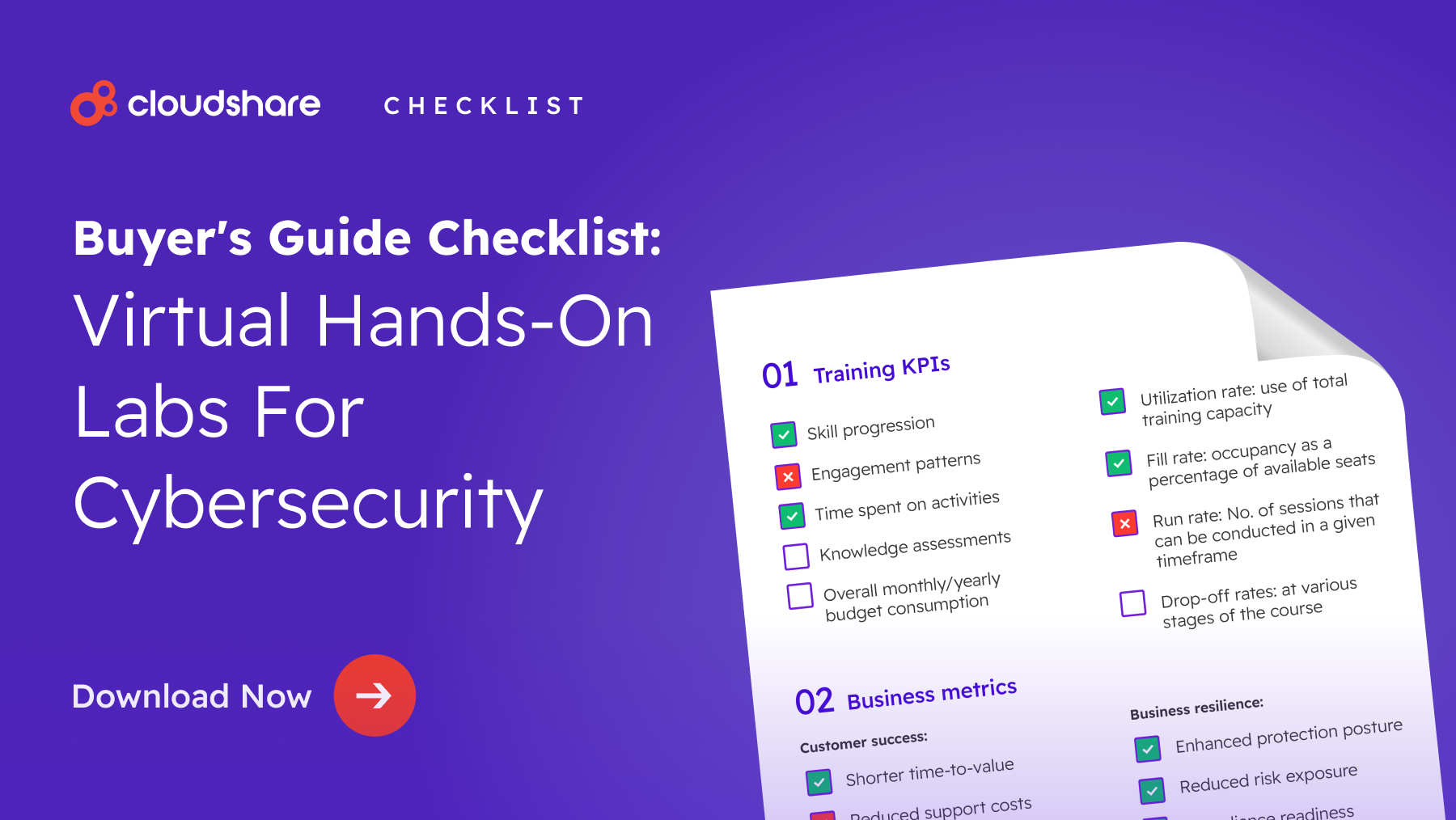Glossary
Training On-Demand
On-demand training is hardly new to the business world, but its adoption rates have accelerated with the recent rise of remote communication technologies. Software companies especially are taking note, as educating potential customers on the features and selling points of complicated software solutions can be challenging.
Training courses on-demand are the most impactful way to ensure that your buyers get the most value out of your products. You’re boosting customer satisfaction this way and ultimately increasing sales. But why does the training need to be on-demand, and how do you set up such a learning platform yourself?
What Is Training On-Demand?
If you’ve ever heard of “television on-demand,” the idea here is similar. Training on-demand, also referred to as “just-in-time” learning and informal learning, is an instructional strategy that gives learners the relevant content they need right when they need it. You’re essentially bringing the classroom right to your customers rather than the other way around.
On-demand learning is also self-paced. Participants teach themselves at their own speed. They can choose what courses to take and what topics are most relevant to their interests at that moment. And they can decide when to take classes and when to pause and resume at a later point if necessary.
All this flexibility combined means that customers can have their answers quickly and easily without contacting customer service every time.
Why Are So Many Businesses Interested in On-Demand Training?
In contrast to traditional training methods where the instructor pre-determines the pace and content of the course, the self-paced nature of on-demand learning means that participants have greater autonomy and choice.
They can access training materials as needed, resulting in more motivation, better knowledge retention rates, and consequently higher success rates when using your product. Even if some learners need more time on a specific topic or have to return to a previous one, they can do so without holding up the rest of the class.
The learning experience is more personalized this way. You aren’t wasting hours on topics they might not care about, and those on a busy schedule will thank you for valuing their time. The “on-demand” delivery also ensures that customers get the most relevant lesson right when the need arises. The training is then more relevant and helps boost information retention.
But the advantages of providing course materials on-demand to your customers extend beyond what the mere definition implies.
- Accessibility. On-demand training hosted in the cloud is available from anywhere at any time, negating the need to travel to a classroom setting. Participants can pick up on your product’s features from home if they want. This reduced frustration will boost the number of customers who stay with you during the learning process.
- Active learning. In an instructor-led setting, learning is typically rather passive. Clients don’t have much time for hands-on experience, resulting in lower retention rates. Going on-demand gives more control to the customer.
- Microlearning. Microlearning is an instruction framework that divides the material into several bite-sized units, usually less than 5 minutes. The course then becomes more manageable to fit into a busy schedule and works well with the on-demand nature of the course. Studies have shown that microlearning boosts engagement rates up 50%.
- Cost-effectiveness. Instead of paying for travel and classroom facilities, you only need a cloud platform to host on-demand training. And since participants spend more time on materials they care about, you end up with a far more cost-effective solution that simultaneously saves on expenses and increases return on investment.
On-demand, cloud-based training is simply a customer expectation nowadays. Your client base most likely grew up with mobile devices and the Internet and often prefers the ease of access that on-demand training provides. Even at work, many employees are getting used to remote communication and expect cloud training resources from their companies.
Where Can I Apply On-Demand Training?
Most people think of corporate training as instruction given to employees, and on-demand courses are indeed involved in sales enablement training to help the sales team better understand customer needs.
However, on-demand shines most for customer training, mainly when introducing your unique product or solution to potential buyers. Self-paced training enriches the onboarding process by allowing participants to focus on the features that matter most to them. Different segments of your consumer base have different priorities regarding what they want to see.
Even after onboarding, you can still fulfill ongoing training needs through on-demand offerings. Users have the flexibility to take breaks and fit the coursework into their own schedules.
How Do I Implement On-Demand Learning?
Enriching the customer experience with self-paced learning materials isn’t a challenging process. All you have to do is:
- Organize your training materials. Set up all your training resources first, whether it’s an interactive IT lab or supplemental readings and tutorial videos.
- Get the word out. Let your customers know about your training program and encourage them to check it out at their own pace.
- Track progress through data analytics. Use the tools provided by the on-demand learning platform to track individual course statistics. Which lessons are most or least popular with your customers? Which ones have the highest and lowest completion rates? Metrics like these will tell you which courses are irrelevant or out-of-date and might need tweaks.
- Encourage feedback. You don’t have to rely on just these numbers, either. Solicit feedback directly from participants to fill in any gaps you might not have noticed before.
And don’t forget to continue investing in customer service teams. While on-demand training provides many opportunities to learn about your solutions, some customers might still need some help. Customer service also maintains a human connection throughout any remote learning experience.
How Does Self-Paced Training Software Enhance the Experience?
On-demand training gives your customers exactly what they need to know right when they need it. It’s ideal for onboarding new clients onto your software solution and keeping them engaged with regular tips and lessons.
This self-paced learning strategy thrives in virtual learning platforms as these solutions can feature an accessible content bank, ranging from documentation and video lessons to interactive tutorials.


